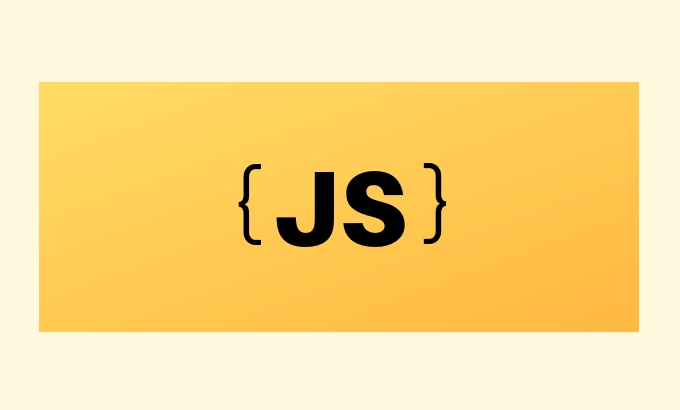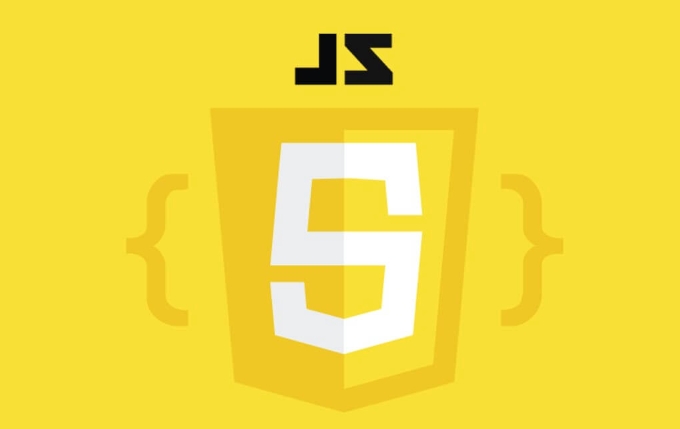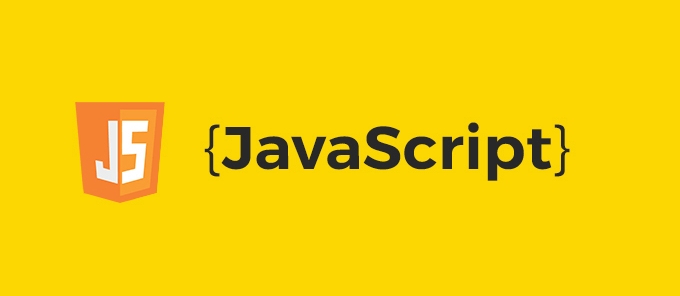 Web Front-end
Web Front-end
 JS Tutorial
JS Tutorial
 A crucial JS roundup on preventing common security vulnerabilities like XSS
A crucial JS roundup on preventing common security vulnerabilities like XSS
A crucial JS roundup on preventing common security vulnerabilities like XSS
Jul 01, 2025 am 01:27 AMXSS prevention requires three aspects: input filtering, output encoding and CSP. 1. Input filtering: HTML escapes the user input content, use the whitelist mechanism to process rich text, prohibit dangerous tags, and check them simultaneously on the front and back ends; 2. Output encoding: Process according to the difference in output location, HTML content is escaped with entity, attribute restricts type, JS strings are escaped accordingly, and URL parameters are handled with encodeURIComponent; 3. CSP settings: Restrict script sources through HTTP response header Content-Security-Policy, disable inline scripts, and use event listeners instead as the last line of security defense.

XSS (Cross-Site Scripting) is one of the most common and overlooked security issues in front-end development. As the core language of the front-end, many security vulnerabilities are directly related to how they are used. To truly prevent XSS, we cannot rely solely on the default protection of the framework, but also start with coding habits and overall architecture.

Input filtering: Don't let malicious content come in
The essence of XSS is that an attacker injects malicious scripts into the page and executes it. The most direct way is to do filtering during the user input stage.

- HTML escapes all user input content, such as
<script></script>becoming<script></script> - Use the whitelist mechanism to handle rich text content, and do not easily allow dangerous tags such as
<script></script>andon*attributes. - The same check should be done on the server side, and the front and back ends should not be lazy.
For example, if you use innerHTML to directly insert the data entered by the user, it basically opens the backdoor for the attacker. TextContent or React's {} interpolation method should be used first, which will automatically escape special characters.
Output encoding: Different contexts should be treated differently
Different output positions and different defense methods. You cannot use the same set of rules to process data placed in HTML tags, attributes, or JS strings.

- HTML content : escaped with HTML entities
- HTML attributes : In addition to escape, it is best to limit the attribute types, such as input's value, which is safer.
- JS string : JS string escape must be performed before splicing into script tags
- URL parameters : Use encodeURIComponent to handle
For example, if you are writing a dynamically generated <a href="..."></a> link, if the URL parameters come from user input, you must encode first, otherwise it may become a jump to the entrance of a malicious website.
CSP (Content Security Policy): The Last Line of Defense
Even if you don’t do it well in the front, CSP can help you with the bottom line. It can limit the page to only load scripts from the specified source, and can also prohibit inline script execution.
- Setting up HTTP response header
Content-Security-Policy - Forbid
'unsafe-inline', that is, code like<script>...</script>is not allowed to run - If you want to use an inline event handler (such as onclick), it is recommended to migrate to addEventListener
CSP is not omnipotent, but it is the last line of defense for your application security. Especially in large projects, it is difficult to ensure that every place can be escaped and filtered correctly, and CSP becomes particularly important at this time.
Basically that's it. Prevent XSS from being uncomplicated, but it is easy to ignore details. As long as you develop good coding habits and cooperate with the right tools and strategies, most common XSS attacks can be avoided.
The above is the detailed content of A crucial JS roundup on preventing common security vulnerabilities like XSS. For more information, please follow other related articles on the PHP Chinese website!

Hot AI Tools

Undress AI Tool
Undress images for free

Undresser.AI Undress
AI-powered app for creating realistic nude photos

AI Clothes Remover
Online AI tool for removing clothes from photos.

Clothoff.io
AI clothes remover

Video Face Swap
Swap faces in any video effortlessly with our completely free AI face swap tool!

Hot Article

Hot Tools

Notepad++7.3.1
Easy-to-use and free code editor

SublimeText3 Chinese version
Chinese version, very easy to use

Zend Studio 13.0.1
Powerful PHP integrated development environment

Dreamweaver CS6
Visual web development tools

SublimeText3 Mac version
God-level code editing software (SublimeText3)

Hot Topics
 Java vs. JavaScript: Clearing Up the Confusion
Jun 20, 2025 am 12:27 AM
Java vs. JavaScript: Clearing Up the Confusion
Jun 20, 2025 am 12:27 AM
Java and JavaScript are different programming languages, each suitable for different application scenarios. Java is used for large enterprise and mobile application development, while JavaScript is mainly used for web page development.
 Javascript Comments: short explanation
Jun 19, 2025 am 12:40 AM
Javascript Comments: short explanation
Jun 19, 2025 am 12:40 AM
JavaScriptcommentsareessentialformaintaining,reading,andguidingcodeexecution.1)Single-linecommentsareusedforquickexplanations.2)Multi-linecommentsexplaincomplexlogicorprovidedetaileddocumentation.3)Inlinecommentsclarifyspecificpartsofcode.Bestpractic
 How to work with dates and times in js?
Jul 01, 2025 am 01:27 AM
How to work with dates and times in js?
Jul 01, 2025 am 01:27 AM
The following points should be noted when processing dates and time in JavaScript: 1. There are many ways to create Date objects. It is recommended to use ISO format strings to ensure compatibility; 2. Get and set time information can be obtained and set methods, and note that the month starts from 0; 3. Manually formatting dates requires strings, and third-party libraries can also be used; 4. It is recommended to use libraries that support time zones, such as Luxon. Mastering these key points can effectively avoid common mistakes.
 Why should you place tags at the bottom of the ?
Jul 02, 2025 am 01:22 AM
Why should you place tags at the bottom of the ?
Jul 02, 2025 am 01:22 AM
PlacingtagsatthebottomofablogpostorwebpageservespracticalpurposesforSEO,userexperience,anddesign.1.IthelpswithSEObyallowingsearchenginestoaccesskeyword-relevanttagswithoutclutteringthemaincontent.2.Itimprovesuserexperiencebykeepingthefocusonthearticl
 JavaScript vs. Java: A Comprehensive Comparison for Developers
Jun 20, 2025 am 12:21 AM
JavaScript vs. Java: A Comprehensive Comparison for Developers
Jun 20, 2025 am 12:21 AM
JavaScriptispreferredforwebdevelopment,whileJavaisbetterforlarge-scalebackendsystemsandAndroidapps.1)JavaScriptexcelsincreatinginteractivewebexperienceswithitsdynamicnatureandDOMmanipulation.2)Javaoffersstrongtypingandobject-orientedfeatures,idealfor
 JavaScript: Exploring Data Types for Efficient Coding
Jun 20, 2025 am 12:46 AM
JavaScript: Exploring Data Types for Efficient Coding
Jun 20, 2025 am 12:46 AM
JavaScripthassevenfundamentaldatatypes:number,string,boolean,undefined,null,object,andsymbol.1)Numbersuseadouble-precisionformat,usefulforwidevaluerangesbutbecautiouswithfloating-pointarithmetic.2)Stringsareimmutable,useefficientconcatenationmethodsf
 What is event bubbling and capturing in the DOM?
Jul 02, 2025 am 01:19 AM
What is event bubbling and capturing in the DOM?
Jul 02, 2025 am 01:19 AM
Event capture and bubble are two stages of event propagation in DOM. Capture is from the top layer to the target element, and bubble is from the target element to the top layer. 1. Event capture is implemented by setting the useCapture parameter of addEventListener to true; 2. Event bubble is the default behavior, useCapture is set to false or omitted; 3. Event propagation can be used to prevent event propagation; 4. Event bubbling supports event delegation to improve dynamic content processing efficiency; 5. Capture can be used to intercept events in advance, such as logging or error processing. Understanding these two phases helps to accurately control the timing and how JavaScript responds to user operations.
 What's the Difference Between Java and JavaScript?
Jun 17, 2025 am 09:17 AM
What's the Difference Between Java and JavaScript?
Jun 17, 2025 am 09:17 AM
Java and JavaScript are different programming languages. 1.Java is a statically typed and compiled language, suitable for enterprise applications and large systems. 2. JavaScript is a dynamic type and interpreted language, mainly used for web interaction and front-end development.





